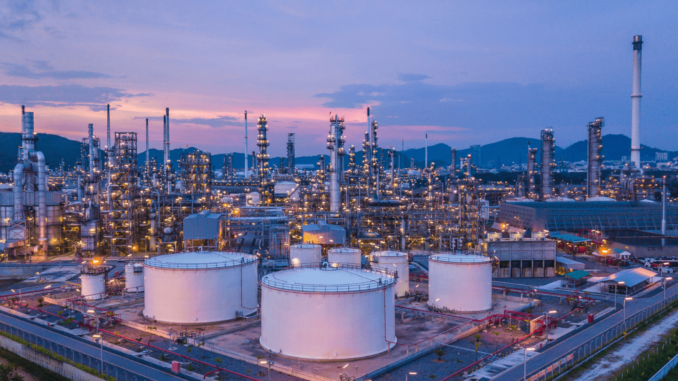
The Economic and Social Mandate
Companies throughout the energy value chain have increasingly committed to responsible production and improved environmental performance as they address Environmental, Social, and Governance (ESG) issues. In recent years, a growing number of leading upstream oil and gas producers have adopted aggressive environmental performance goals with hard targets, including reduced methane emissions, zero routine flaring of natural gas, and longer-term net-zero pledges.
Producers, utilities, and midstream companies have embraced certified gas as a differentiating feature of their product offerings and business operations. With natural gas serving multiple roles in the modern economy, including a bridge fuel to decarbonization, a main source of pure hydrogen, and a critical input into agricultural fertilizer, responsibly produced and sourced natural gas is rapidly becoming a feature of those operations that are best positioned to attract capital sponsorship, generate sustainable economic returns, and maintain a social license to operate.
Certified gas is an essential component of an energy company’s comprehensive plan to meet ESG targets, mitigating the environmental impact of the business while ensuring the sustainability of energy supply.
What, exactly, is Certified Gas and how is it different?
Certified gas is natural gas for which an independent third-party attests to the technical and environmental standards present at the wellhead and processing facilities. Factors examined include, but are not limited to, air emissions, well integrity, processing facilities, water quality, land disruption, and local community impact. Those facilities achieving high operational and environmental standards, minimizing the environmental and social impacts of their operations, qualify as producing “certified gas”.
What’s In a Name?
As certified gas becomes more mainstream, there is an ongoing nomenclature competition as the industry settles on a standard term. You may come across terms ranging from “responsibly sourced gas” (RSG) to “independently certified gas” (ICG) to “certified low emissions gas” and even “independently certified responsibly sourced gas”. But regardless of the branding, whether you call it certified gas, RSG, ICG, or even craft your own moniker, the essence of certified gas is independently-certified responsibly-sourced natural gas.
Emissions Monitoring
All gas certifications require some form of emissions monitoring. The upstream industry employs multiple methods for detecting, measuring, and quantifying fugitive emissions of methane, VOCs, and other substances. Earthview covers these methods in more detail in our white paper, The Case for Continuous Emissions Monitoring.
Gas certifiers accept data from third-party monitoring, and some may offer their own monitoring capabilities. Producers may choose the emissions monitoring solution that best fits their operations, systems, reporting practices, and budget.
_________________________________________________________________________
Once you have chosen your certification standard and are ready for continuous emissions monitoring, we invite you to take a closer look at our BluBird™ Continuous Emissions Monitoring System (CEMS). Not only is it vendor-neutral, providing accurate and timely emissions data to your gas certifier, but it also offers the highest ROI on emissions monitoring in the market.
_________________________________________________________________________
About Earthview Corporation
Earthview is your partner on the journey to net zero. Our affordable precision air quality monitoring solutions provide the highest return on investment on emissions detection. BluBird sensors are operating reliably in multiple oil and gas producing regions for leading operators in Colorado, the Permian Basin, the Barnett Shale, and the Appalachian Basin.
Source: Earthview.io

